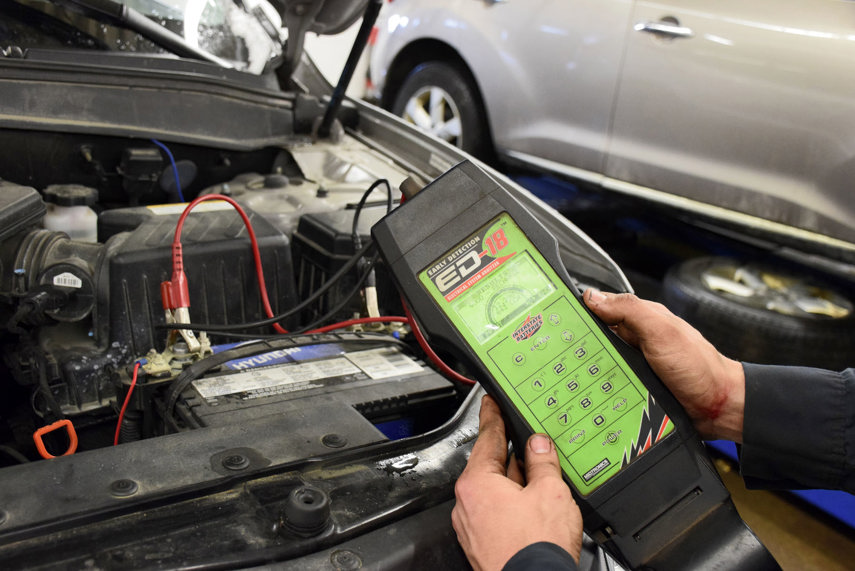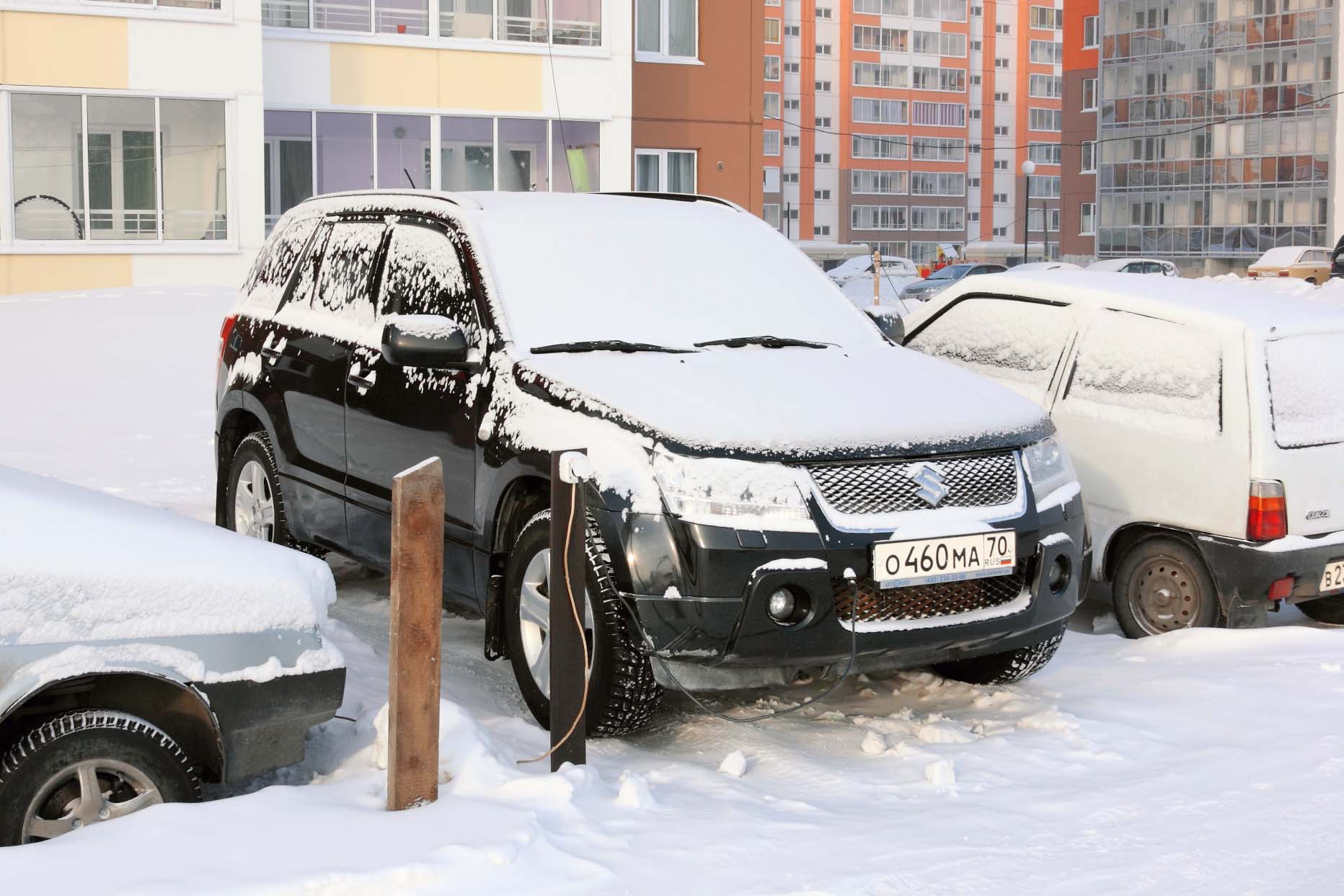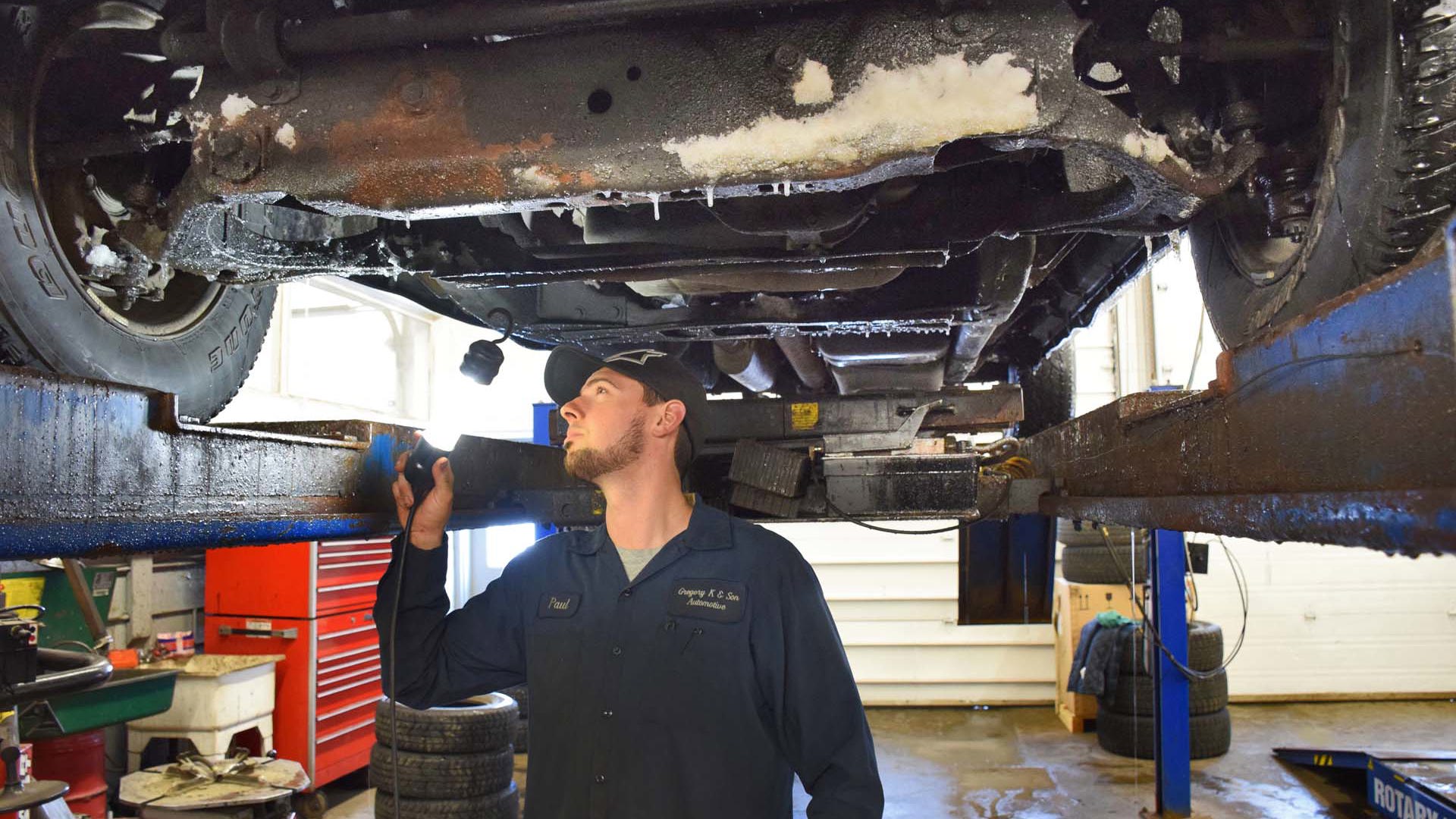It’s that time, again. You need to shop for holiday presents for your offspring, who will soon start winter sports. You’ve got to plan holiday family things, outings and meals, all while decreasing temperatures and daylight hours eat away at energy levels and make you want to crawl under a blanket and binge watch House of Cards.
Ah, the glorious holiday travel season, and its uncelebrated hero, your car. Or truck. Or crossover. Or minivan.
In any case, your family hauler is a machine: it starts when you turn the key, steers where you point it, and gets your family where you need to go.
Thing is, if you neglect the needs of your trusty vehicle, it’ll tend to neglect you and your family right back, repaying you with poor performance, decreased reliability, and a higher likelihood of mechanical breakdown while you’re en route to figure skating with a full complement of pre-teens.
That the cold brings added stress on a vehicle’s components, and can make poorly-maintained parts and systems show themselves. If your older model isn’t running at one hundred percent, the cold stands to make problems worse.
Usually, winter maintenance focuses on switching to winter wipers, winter tires, and a thinner viscosity of synthetic engine oil. Instead of these, we’ll highlight a few simple and important maintenance checks that are easy to overlook amidst the season’s hustle and bustle.
Hitting all of the items on the list below is quick and affordable, the next time you’re in the shop.
Battery and Charging System

Your battery doesn’t like working at 30 below any more than you do. And, if your battery and charging system are a little neglected, they’ll call it quits with little notice, likely on the first cold snap of the winter. In minutes, your mechanic can confirm that your battery, alternator and other major electrical system components are healthy and functioning properly. Ask your mechanic to clean the battery terminals too, if they look dirty or corroded, ensuring a solid electrical connection. Cold starting puts your ride’s electrical systems to the ultimate test, and it’s best to find out that your battery or alternator need some attention before it fails to start at 30 below.
Block Heater

Millions of Canadians use a block heater to help ensure their ride starts up in extreme cold. Depending on the age and type of vehicle you’re driving, electrical connections, and the condition of the wiring that powers that block heater, should be inspected each fall, ensuring there’s no abrasion on the wiring, no excessive corrosion at the electrical connections, and that the wiring is in good general shape. Weathered, corroded or damaged block heater wiring can pose a safety risk, trip electrical panel breakers, prevent your block heater from turning on, or even cause a fire. Corroded plug blades on the extension cord you use to plug your car in can cause added electrical resistance, which makes the plug heat up, and can cause blown breakers, melted wiring, or a fire, too. Thankfully, a quick check of the block heater, and associated wiring, takes mere moments, and can provide added peace of mind.
Cooling System

Your mechanic can check the condition of your engine coolant, radiator and radiator cap, overflow tank, hoses and other cooling-system hardware in a matter of minutes. Though the cooling system is often overlooked in winter because it’s less likely your engine will overheat at 20 below, don’t forget that your ride’s cooling system plays an important role in providing heat to your vehicle’s cabin, while the fluid circulating inside needs to be checked regularly, to keep from freezing and splitting your engine block in half. Fresh, full coolant and a clean bill of health for your cooling system are vital to winter driving confidence.
The Computer Network

From traction control to antilock brakes to transmission management to All Wheel Drive (AWD) system operation, a complex network of computer sensors generates a plethora of data that’s vital to keeping your ride running efficiently and effectively. Sometimes, a bad sensor causes a Check Engine light or a warning message to light up. Other times, it doesn’t. In less than two minutes, your technician can electronically scan your ride’s computer network for signs of communications trouble or wonky sensors, which can have negative effects on performance and drivability. Address sensor-related issues before winter to ensure your ride performs as intended in all conditions. With newer rides using dozens of sensors to make smart decisions regarding braking, traction, comfort and fuel economy, the importance of a healthy computer and sensor network can’t be overstated.
Fuel and Ignition System

When you start your ride in the cold, it takes only milliseconds for the engine computer to consider ambient temperature, fluid temperatures, air pressure and other factors, all of which are used to calculate an extremely precise and vital initial combination of fuel, spark and timing to get the engine fired up. The first few milliseconds of fueling and ignition are extremely vital when your engine is cold, and a poorly-maintained fuel delivery or ignition system can wreak havoc with your ride’s ability to start in extreme temperatures. In winter, and especially at engine start-up, that ignition process is put to the test as the engine utilizes a richer and harder-to-burn fuel mixture. Healthy spark plugs, wires and fuel injectors are vital for reliability in cold-start situations – and your mechanic can check for any concerns quickly.

